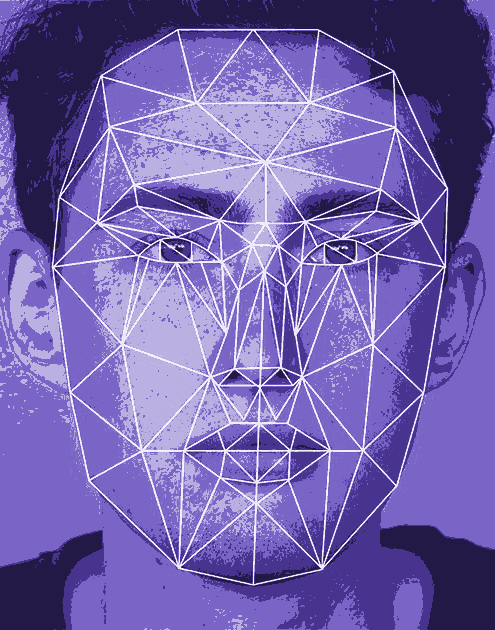Google seeks expanded tones
 Google is searching for a new way to measure skin tones to curb bias in its products.
Google is searching for a new way to measure skin tones to curb bias in its products.
Google says it is developing an alternative to the industry standard method for classifying skin tones, which many now consider inadequate for assessing whether products are biased against people of color.
The issue centres around the six-colour scale known as Fitzpatrick Skin Type (FST), which dermatologists have used since the 1970s.
Tech companies have used FST to categorise people and measure whether products such as facial recognition systems or smartwatch heart-rate sensors perform the same across skin tones.
FST includes four categories for ‘white’ skin and just one each for ‘black’ and ‘brown’; massively disregarding the diversity of human skin colours.
Researchers at the US Department of Homeland Security have recommended abandoning FST because it so poorly represents colour range in diverse populations.
Google says it is pursuing better measures.
“We are working on alternative, more inclusive, measures that could be useful in the development of our products, and will collaborate with scientific and medical experts, as well as groups working with communities of color,” the company has told reporters.
Google may be joined in its quest by fellow tech giant Facebook.
In April, Facebook conducted a study testing AI for detecting deepfakes. Despite relying on the FST categorisation, researchers wrote that FST “clearly does not encompass the diversity within brown and black skin tones”.
Even so, Facebook still went on to release videos of 3,000 individuals to be used for evaluating AI systems, with FST tags attached.
But some companies are already moving ahead, such as crayon-maker Crayola, which last year launched a set of 24 skin tone crayons.
Victor Casale, the founder of makeup company Mob Beauty, helped Crayola on the new crayons.
Mr Casale says he has developed 40 shades for foundation, each different from the next by about 3 per cent, which most adults can distinguish.
“Color accuracy on electronics suggests tech standards should have 12 to 18 tones,” he said, adding, “you can’t just have six.”







 Print
Print